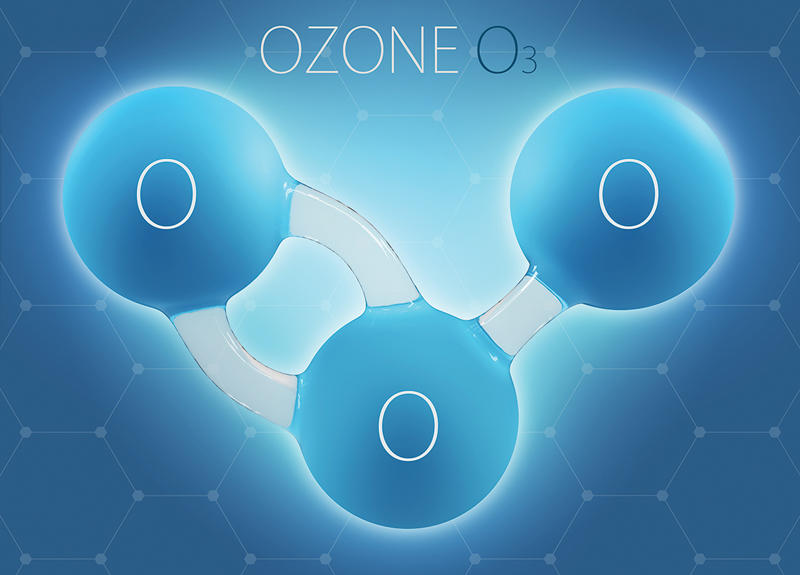My laundromat has two banks of washers – for a total of 16 machines – that feature ozone injection. I was wondering if ozone is effective at killing the COVID-19 virus. If so, I will definitely want to begin extensively promoting and advertising this feature of my laundry equipment.
Yes, ozone definitely does kill the COVID-19 coronavirus, as do chlorine and hydrogen peroxide. In fact, ozone is a form of hydrogen peroxide.
I think it’s a great idea to market the unique ozone cleaning feature of your laundry business – especially during these times, but also after the virus has been controlled.
I have a lot of empty space in my laundromat, and I was thinking of installing a food counter, so that I could serve sandwiches and beverages to my customers. I wouldn’t need extra labor, because my attendant would handle both sides of the business. What do you think?
Your idea has been tried many times in the past, and typically the only time it has worked has been in stores that were located very close to large universities or colleges. What’s more, these laundry businesses were physically set up from the very beginning with counters, study tables and high-speed Wi-Fi access so that students could wash, eat and study.
There are several pitfalls when you introduce food into a laundromat. Perhaps the biggest one is that then you would be required to obtain a food license, which will lead to much more stringent city inspections, sanitation, spacing, air quality and so on. In addition, you most likely will need to hire a more skilled type of employee. When you take what are essentially cleaning people and try to make them into food servers, it’s often difficult for these workers to excel in both position. Those are just a couple of the key reasons why, in most cases, this concept has failed.
Some of my customers are complaining that my dryers are not hot enough. I have them set at 170 degrees. Is that too low? What is the correct temperature setting for a laundromat?
In general, the universal temperature setting for commercial dryers in vended laundries is anywhere between 170 degrees and 180 degrees. Dryer temperatures used to be hotter; however, clothing fabrics have changed over the years. Today, there are so many more synthetic garments, which are sensitive to heat and can deform or even actually melt in your dryers if those units are set at too high of a temperature.
The science behind drying clothes consists of two factors: (1) heat and (2) air movement. At 170 degrees, I don’t believe that heat is your issue. However, if your air exhaust is restricted, it will negatively impact your machines’ ability to dry. I would examine the air flow and movement of your dryers – that’s very likely where your problem lies.
I’m strongly considering building a brand new self-service laundry. In your opinion, what are the three most important factors to consider before moving forward with this project?
The three most crucial factors, in order of importance, are: (1) location, (2) parking availability and (3) equipment mix. All three are critical to the long-term success and profitability of any vended laundry business.













